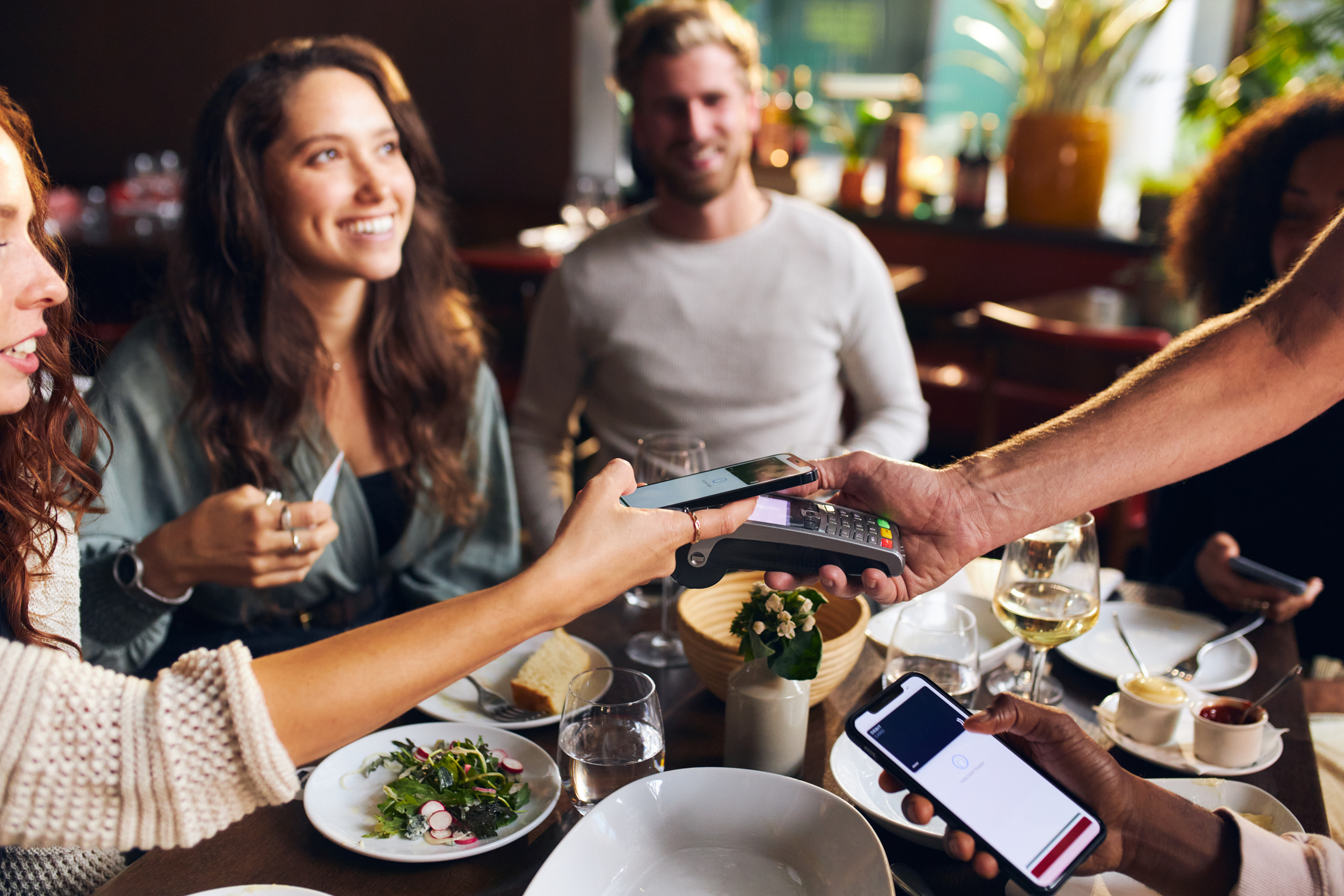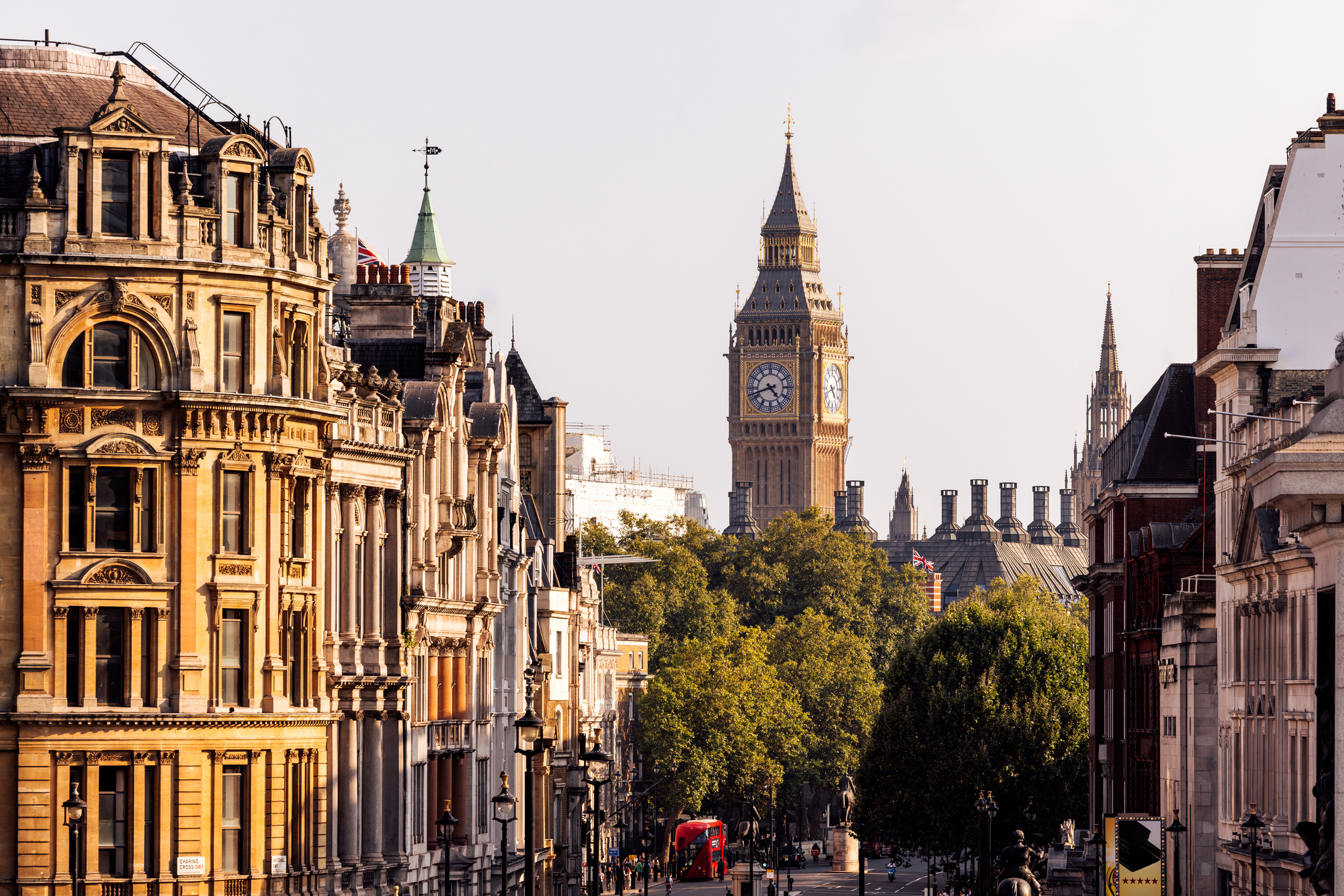Tipping culture: when to tip and how much is too much?
Tipping culture varies around the world — what’s expected in one country could be considered rude in another. We break down when to tip, when to skip, and how much to give


Tipping while travelling can be tricky – knowing when, where, and how much to tip can shape your journey and even influence the quality of service you receive.
Between booking flights, sorting out your travel insurance, and finding the right cards for travel abroad, you’re understandably quite swamped.
But once you're on holiday, the last thing you want is to let a lack of knowledge about tipping customs put a dampener on an otherwise great experience.
MoneyWeek
Subscribe to MoneyWeek today and get your first six magazine issues absolutely FREE

Sign up to Money Morning
Don't miss the latest investment and personal finances news, market analysis, plus money-saving tips with our free twice-daily newsletter
Don't miss the latest investment and personal finances news, market analysis, plus money-saving tips with our free twice-daily newsletter
So how do you get tipping right? We dig into tipping cultures around the world so you can travel with confidence.
What are the rules for tipping?
It’s easy to get confused about how much to tip, as there isn’t one universal rule to follow.
While tipping is most commonly a form of expressing gratitude for the service, in some places like the US, tipping is expected – otherwise, it could be seen as a cheapskate move.
How much you tip depends on the setting, service provided, and location. On average, a tip of about 15-20% is the norm for most things. When in doubt, it’s always best to do a little research before heading to a new destination.
When should you not tip?
You may be surprised to learn that there are some situations where tipping isn’t just unnecessary – but could also be considered rude. Take Japan, for instance, where tipping is seen as an insult, implying that the person you’re tipping needs financial aid to do their job.
Some restaurants in the UK and the rest of Europe also include a service charge in your bill, in which case you don’t need to leave a tip. Since service workers are seen as professionals and are typically paid a living wage in countries like Italy, Australia and New Zealand, you’re not expected to tip there either.
But it’s worth noting that over time, an automatic service charge is becoming more common, especially in high-end restaurants and tourist-heavy areas. If you see a service charge on the bill, you don’t need to leave a second tip.
How much to tip around the world
Knowing how tipping works in each country can save you from some awkward encounters. Here’s a quick overview of tipping cultures around the world – though remember that what works in one country or city might not be the norm.
Tipping in the UK

Recommended: 10-15%
The UK has a more relaxed approach to tipping compared to most countries. VisitLondon says it’s customary to leave a 10-15% tip when eating out, but that’s only if a service charge hasn’t already been included (typically 12.5%). As for taxi drivers, you can tip around 10-15% or round up your payment to the nearest pound. You don’t need to pay a tip for fast food, self-service, takeaway, bars, or pubs.
Tipping in the rest of Europe

Recommended: 10-15%
Tipping across Europe isn’t that straightforward – practices vary depending on where you travel.
According to Travel + Leisure, you can tip between 10-15% in Ireland, Greece and Switzerland. You can expect to add about 10% to the total bill in Switzerland, even if the service charge is typically included in the check.
In Italy, service charge (servizio) or cover charge (coperto) is usually included, so if it isn’t, then you can tip between 10-15%.
As for France, 5-10% is normal. In Spain, you can tip 10%, while tipping in Scandinavian countries like Denmark, Iceland, Norway, and Sweden is not expected.
It’s not common to tip bartenders, but leaving change is always appreciated. If you’re doing a private tour in any European country, consider 10% as a general base rate.
Tipping in North America

Recommended: 15-20%
Tipping is ingrained in American culture, mainly due to the low minimum wage paid to service industry workers, who then have to rely on tips to supplement their income.
So what does this mean for tourists? The rule of thumb is to tip between 15-20%, according to the Post Office. If you’re getting drinks, tip the bartender around $1-2 per drink. In Canada, expect to leave around 10-15% of your restaurant bill. In Mexico, a service charge or ‘propina’ might be added to your bill, but if not, it’s polite to leave around 10-15% of the bill.
Tipping in South America

Recommended: 10-15%
Waiters don’t rely as much on tips in South America, compared to North America. Nevertheless, tipping of around 10-15% is the norm in restaurants. In Brazil, Chile and Costa Rica, there might be a cover charge or “cubierto”, which is a table charge and not a service charge.
Tipping in Asia

Recommended: Depends on the country
Tipping isn’t a huge part of Asian culture, regardless of where you go. For instance, it’s uncommon in China and Japan, where it could even be considered rude or cause confusion (unless you’re in a popular tourist spot).
On the flipside, it’s more common in Hong Kong, with a 5-10% tip appreciated. In India and Thailand, you can add a tip of around 10%.
Tipping in the Middle East

A 10-15% tip is expected at the end of a restaurant meal in the UAE, Qatar, Jordan and Saudi Arabia, according to Emily Frost in Lonely Planet. In Dubai, despite a government-mandated 10% charge to restaurants, hotels, and bars, you are expected to tip anywhere between 15-20%.
If you’re planning to visit a mosque or a temple, Frost recommends leaving a local currency equivalent of £1 to the person who hands out robes or scarves, and around 50p to those who look after your shoes.
Tipping in Africa

Recommended: 10-15%
A customary tip of 10-15% is recommended on top of your restaurant bill, but it’s worth checking if a service charge is already included.
If you’re on safari, Justin Chapman at Go2Africa says: “Expect to tip $15 per day for general staff at the lodge or camp, $20 per day for a guide, $15 for a tracker, and around $10-20 for a guided city tour. There can be extras to remember too, depending on where you are – like tipping boat skippers in Mozambique, golf caddies in South Africa, and Maasai village heads in Tanzania (average $25).”
How much to tip in different situations
Here’s how much you can expect to tip for a wide range of services:
Restaurants, bars and coffee shops
It’s normal to tip between 10-20% in restaurants, depending on the quality of service, where you dine, and the location or culture of the place you’re in. Cash is the preferred mode.
Only ordering drinks? Food & Wine recommends leaving around £1 equivalent of the local currency for each drink, or £2-3 if it’s a more complicated order. As for coffee shops, Tastecard suggests rounding up your bill to the nearest pound.
Hotels
Generally, tipping isn’t expected in UK hotels unless you stay in a four or five-star hotel, in which case you can consider a tip of about 10% of your total bill when you check out. Julie Durso, a private travel manager at Scott Dunn, recommends a couple of pounds to the porters and service staff if they’ve helped with luggage – around £1 or £2 per bag. For hotel bills, 10-15% is customary.
Taxis
Tom Barber, co-founder of Original Travel, tells Condé Nast Traveller that he tips 10% of the fare when taking a taxi in London – whether it’s a black cab or an Uber. It’s also acceptable to simply round up to the nearest pound when paying.
Delivery
If you’re ordering through Uber Eats, DoorDash, or Amazon, you can tip within the app. Delish suggests giving 15-20%, depending on how much you order, delivery distance, whether it’s a big holiday, and how bad the weather is.
While it’s always a bonus to do your research, with evolving tipping customs, you might find that the best way to navigate these things is by simply asking a local.
Get the latest financial news, insights and expert analysis from our award-winning MoneyWeek team, to help you understand what really matters when it comes to your finances.

Oojal has a background in consumer journalism and is interested in helping people make the most of their money.
Oojal has an MA in international journalism from Cardiff University, and before joining MoneyWeek, she worked for Look After My Bills, a personal finance website, where she covered guides on household bills and money-saving deals.
Her bylines can be found on Newsquest, Voice.Cymru, DIVA and Sony Music, and she has explored subjects ranging from politics and LGBTQIA+ issues to food and entertainment.
Outside of work, Oojal enjoys travelling, going to the movies and learning Spanish with a little green owl.
-
 MoneyWeek news quiz: How much can you win in Premium Bonds?
MoneyWeek news quiz: How much can you win in Premium Bonds?Quiz Premium Bonds, ChatGPT, and the start of the festive season all made headlines this week. How closely were you following the news?
-
 Salary sacrifice pensions cap: 3.3 million workers to be hit by contribution limits
Salary sacrifice pensions cap: 3.3 million workers to be hit by contribution limitsThe government has revealed further details of its controversial cap on pension contributions through salary sacrifice. Here is how the changes could affect you